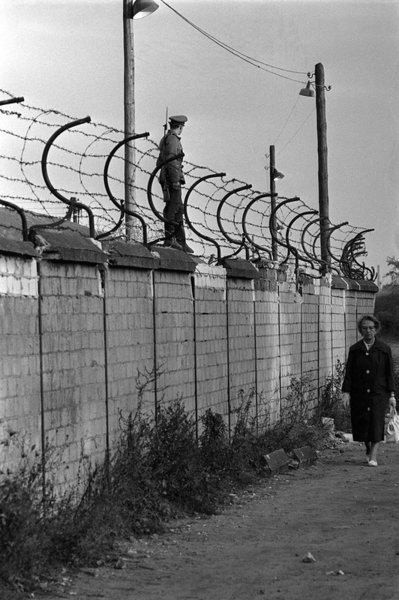World Affairs
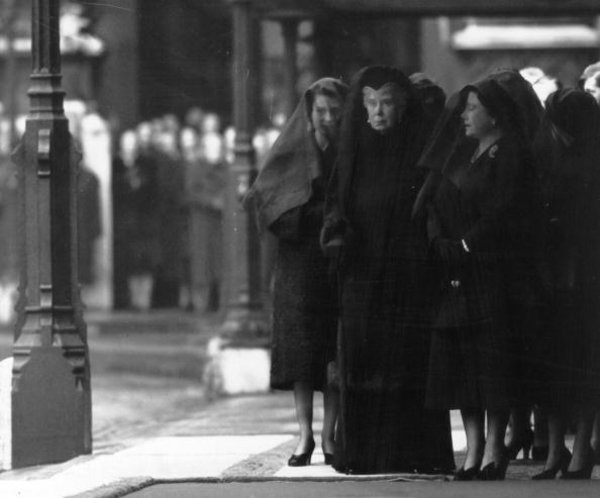

Queen Elizabeth The Queen Mother (1900 - 2002) (right) in mourning with Queen Elizabeth II and Queen Mary (centre) at the funeral of King George VI. King George VI died on the night of February 6, 1952. The funeral took place on a dreary winter day — an even grimmer occasion than the average royal funeral. Photographer Ron Case (a collegue of Ron Burton's at Keystone Press Agency and a life-long friend), who was with a group of other press photographers outside St George’s Chapel, Windsor, had only RAF aerial reconnaissance camera. With that old wartime equipment he took the photo of Princess Elizabeth (the new Queen); Queen Mary and Queen Elizabeth (the Queen Mother) (l. to r.) making their way slowly into the chapel where the king’s body lay in state.
The picture, which came to be known as the ‘Three Queens in mourning’, is a truly haunting image. All three grieving queens, representing three changing generations, were clearly seen through their veils. Although other photos of three queens altogether exist, they were nearly all official portraits, and Case’s informal photo revealed the rarely seen aspect of the modern royalty: trained from birth to repress their emotions, they were still capable of humane emotions. The next day, a close up version of this photo also made the front pages of every single national paper, and subsequently become one of the most widely distributed British photographs of the 20th century.
Photo by Ron Case 15 February 1952
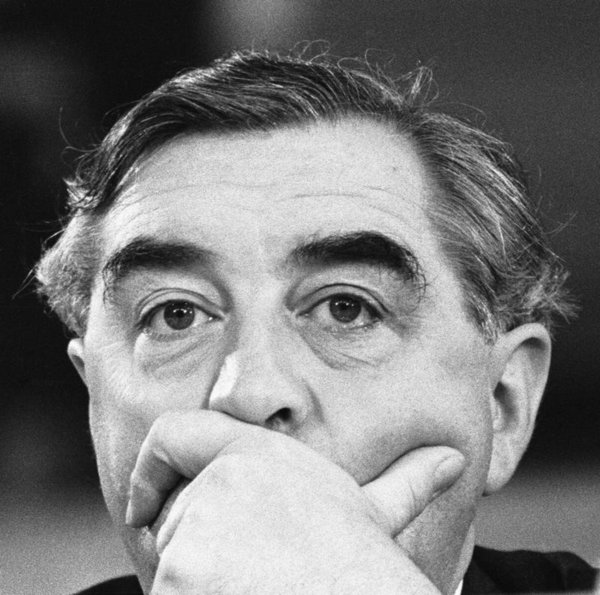

Predicament: George Brown listens to Labour leader Hugh Gaitskell addressing the Labour Party conference with strongly-stated opposition to British membership of the Common Market: "We must be clear about this; it does mean, if this is the idea, the end of Britain as an independent European state. I make no apology for repeating it. It means the end of a thousand years of history. You may say: Let it end. But, my goodness, it is a decision that needs a little care and thought." 3 October 1962
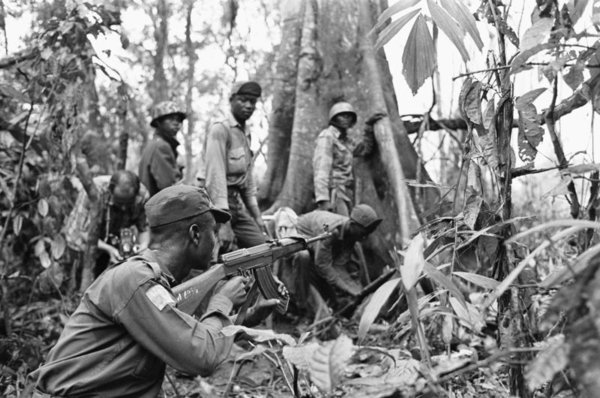

Biafran soldiers seen here advancing through the jungle towards the Nigerian army. The Nigerian Civil War, also known as the Biafran War endured for two and a half years, from 6 July 1967 to 15 January 1970, and was fought to counter the secession of Biafra from Nigeria. The indigenous Igbo people of Biafra felt they could no longer co-exist with the Northern-dominated federal government following independence from Great Britain. Political, economic, ethnic, cultural and religious tensions finally boiled over into civil war following the 1966 military coup, then counter-coup, which led to the persecution of Igbo living in Northern Nigeria. Control over oil production in the Niger Delta played a vital strategic role in the causes of the war. Within a year, the Nigerian Military Government had surrounded Biafra and imposed a blockade. The ensuing stalemate led to a severe famine in the region. Over the two and half years of the conflict varying estimates of one to two million people died from starvation, diseases or fighting. 11 June 1968
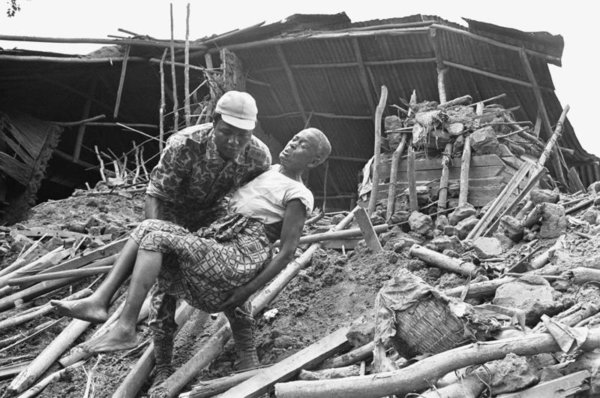

A Biafran soldier seen here helping an old lady from the wreckage of her home following a artillery bombard by the Nigerian army. The Nigerian Civil War, also known as the Biafran War endured for two and a half years, from 6 July 1967 to 15 January 1970, and was fought to counter the secession of Biafra from Nigeria. The indigenous Igbo people of Biafra felt they could no longer co-exist with the Northern-dominated federal government following independence from Great Britain. Political, economic, ethnic, cultural and religious tensions finally boiled over into civil war following the 1966 military coup, then counter-coup, which led to the persecution of Igbo living in Northern Nigeria. Control over oil production in the Niger Delta played a vital strategic role in the causes of the war. Within a year, the Nigerian Military Government had surrounded Biafra and imposed a blockade. The ensuing stalemate led to a severe famine in the region Over the two and half years of the conflict varying estimates of one to two million people died from starvation, diseases or fighting. 11 June 1968
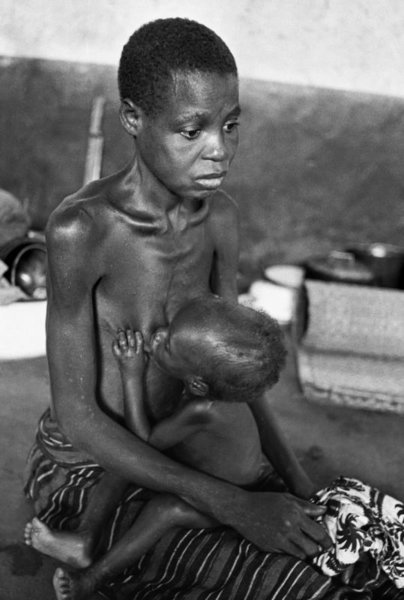

An emaciated mother seen here trying to breast fed her baby, just two of the estimated one to two million victims of the Biafran War. The Nigerian Civil War, also known as the Biafran War, endured for two and a half years, from 6 July 1967 to 15 January 1970, and was fought to counter the secession of Biafra from Nigeria. The indigenous Igbo people of Biafra felt they could no longer co-exist with the Northern-dominated federal government following independence from Great Britain. Political, economic, ethnic, cultural and religious tensions finally boiled over into civil war following the 1966 military coup, then counter-coup, which led to the persecution of Igbo living in Northern Nigeria. Control over oil production in the Niger Delta played a vital strategic role in the causes of the war.
Within a year, the Nigerian Military Government had surrounded Biafra and imposed a blockade. The ensuing stalemate led to a severe famine in the region. Over the two and half years of the conflict, according to varying estimates, one to two million people died from starvation, diseases or fighting. 23 June 1968


Chief Minister of Jamaica Norman Manley talking to a member of London's Notting Hill community after rioting in the area, during a visit to England. 6 September 1958
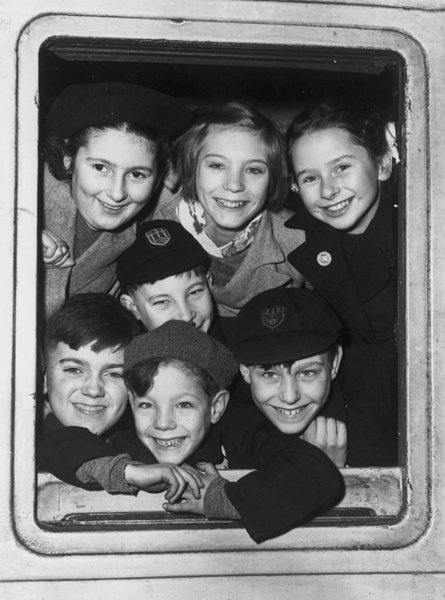

A group of children aged between six and thirteen board a train at London's St Pancras Station, en route to new homes in Australia. Having somehow been deprived of a normal home life, they are being sent abroad by the Church of England Scheme, in the hope of better things. 18 Januray 1958
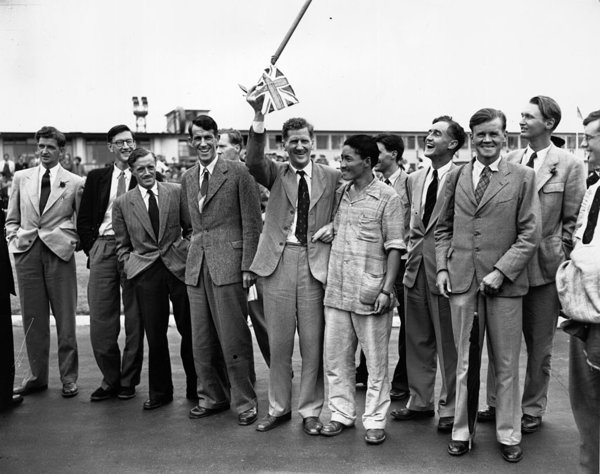

The victorious Mount Everest climbing team arrive at London Airport. Colonel John Hunt waves the flag, on his left is Tenzing Norgay, better known as Sherpa Tensing, and on his right is Edmund Hillary. 3 July 1953
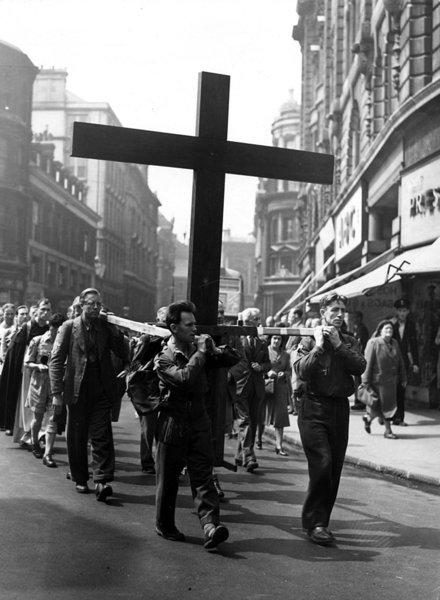

Christian pilgrims arrive in London from Jerusalem carrying a wooden cross from Mount Calvary. They parade through Liverpool Street on their way to the Church of Saint Mary. 11 July 1949


Orphans from St Anthony's Home for Girls, Feltham, waiting at St Pancas railway station, London, before travelling to Tilbury docks to board a ship bound for Australia under the Catholic Emigration Scheme. The girls are travelling to the Saint Vincent Paul Sisters Of Charity in Adelaide. 17 December 1948
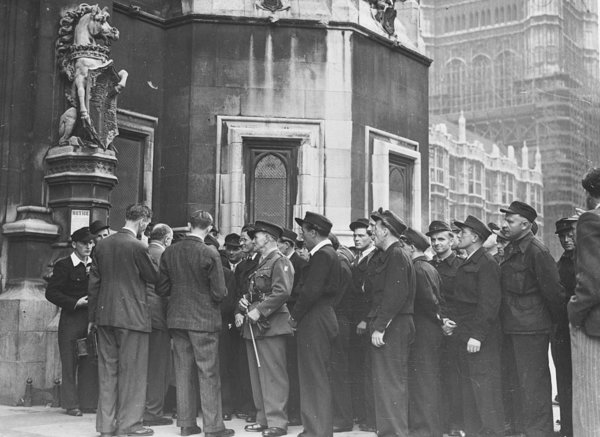

German prisoners of war waiting outside the House of Commons to take lunch with a group of MP's from a selection of political parties. 6 August 1947
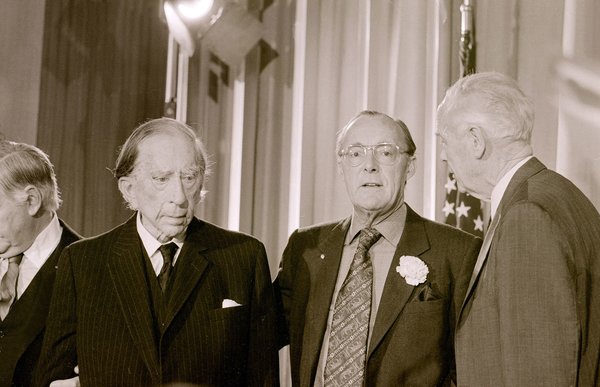

Oil Billionaire John Paul Getty gives £20,000 to the World Wildlife Fund seen here with Prince Bernhard and Charles Lindbergh at the Launch at the US embassy in London. February 1974
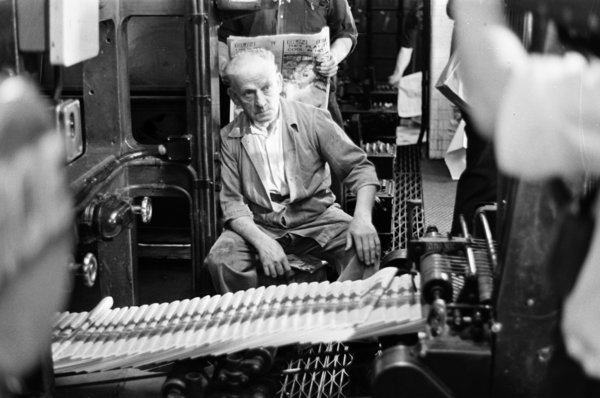

A printer overseeing the production of the first editions of the new Sun newspaper as they roll off the production line in 1964.The Sun Newspaper, was launched by its then owners, International Publishing Corporation (IPC), to replace the Daily Herald, and was initially published in Manchester. 15 September 1964
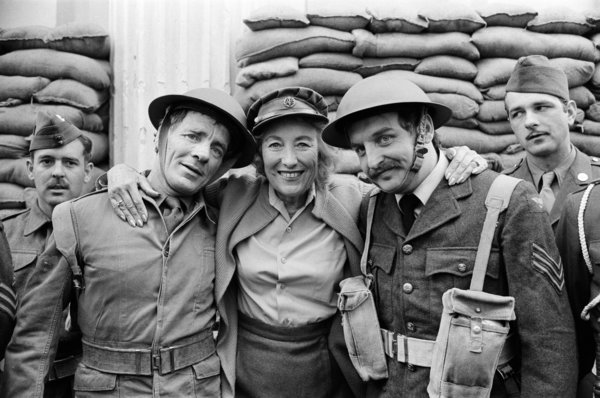

Forces darling Dame Vera Lynn celebrates the 40th Anniversary of D Day with an appearance in 'Stage Door Canteen' at the Lyceum Theatre in London. The front is sandbagged and Vera is wearing World War Two uniform for the photocall, pictured with some of the troops outside the theatre.


The Iranian Embassy Siege in London where six gunmen of the Iranian extremist group "Democratic Revolutionary Movement for the Liberation of Arabistan" stormed the building, taking 26 hostages before the SAS retook the embassy and freed the hostages. Hero police constable Trevor Lock who was held hostage in the Embassy during the siege, photographed with his wife Doreen as he returns to his home in Dagenham. 6 May 1980.
